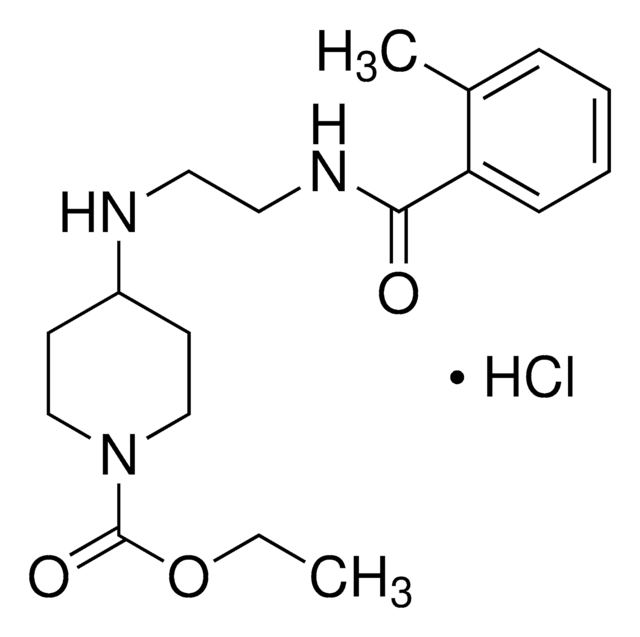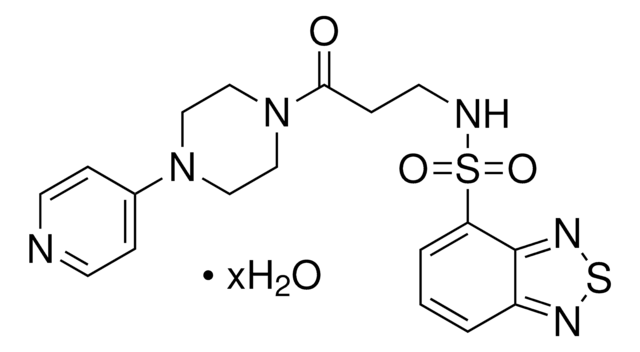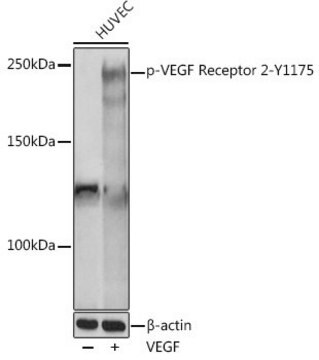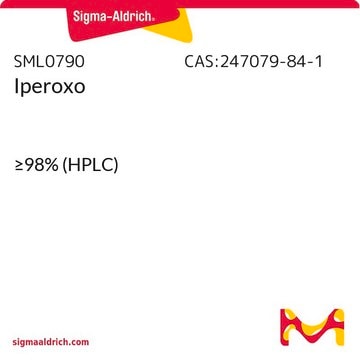V5015
VU0152100
≥98% (HPLC)
Sinónimos:
3-Amino-N-[(4-methoxyphenyl)methyl]-4,6-dimethyl-thieno[2,3-b]pyridine-2-carboxamide
About This Item
Productos recomendados
assay
≥98% (HPLC)
form
powder
solubility
DMSO: >50 mg/mL
storage temp.
2-8°C
SMILES string
COc1ccc(CNC(=O)c2sc3nc(C)cc(C)c3c2N)cc1
InChI
1S/C18H19N3O2S/c1-10-8-11(2)21-18-14(10)15(19)16(24-18)17(22)20-9-12-4-6-13(23-3)7-5-12/h4-8H,9,19H2,1-3H3,(H,20,22)
InChI key
MDNWGCQSCGNTKH-UHFFFAOYSA-N
Biochem/physiol Actions
Features and Benefits
signalword
Danger
hcodes
Hazard Classifications
Acute Tox. 3 Oral - Eye Irrit. 2
Storage Class
6.1C - Combustible acute toxic Cat.3 / toxic compounds or compounds which causing chronic effects
wgk_germany
WGK 3
flash_point_f
Not applicable
flash_point_c
Not applicable
Certificados de análisis (COA)
Busque Certificados de análisis (COA) introduciendo el número de lote del producto. Los números de lote se encuentran en la etiqueta del producto después de las palabras «Lot» o «Batch»
¿Ya tiene este producto?
Encuentre la documentación para los productos que ha comprado recientemente en la Biblioteca de documentos.
Artículos
Muscarinic acetylcholine receptors mediate acetylcholine actions in CNS and non-nervous tissues, crucial for cell signaling.
DISCOVER Bioactive Small Molecules for Neuroscience
Nuestro equipo de científicos tiene experiencia en todas las áreas de investigación: Ciencias de la vida, Ciencia de los materiales, Síntesis química, Cromatografía, Analítica y muchas otras.
Póngase en contacto con el Servicio técnico









